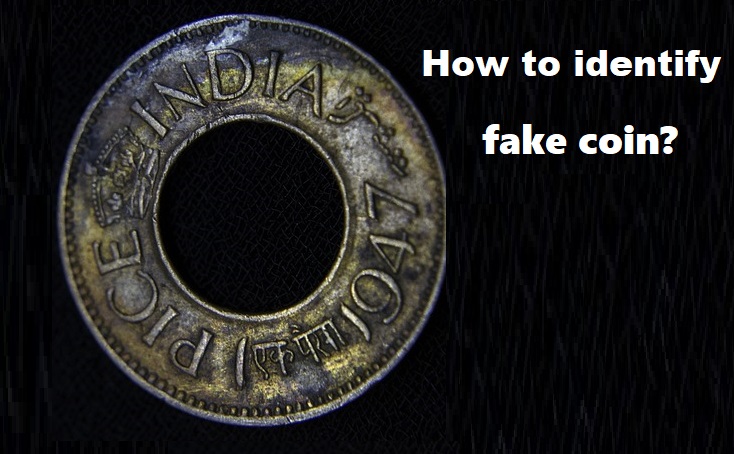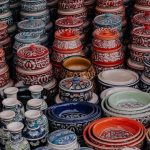
Welcome to the world of art investing!
Imagine owning a piece of history, a tangible expression of human creativity, and an asset that is potentially appreciated over time. Contrary to popular belief, investing in art isn’t just for the ultra-wealthy. With the right knowledge and guidance, anyone can become a discerning art collector.




